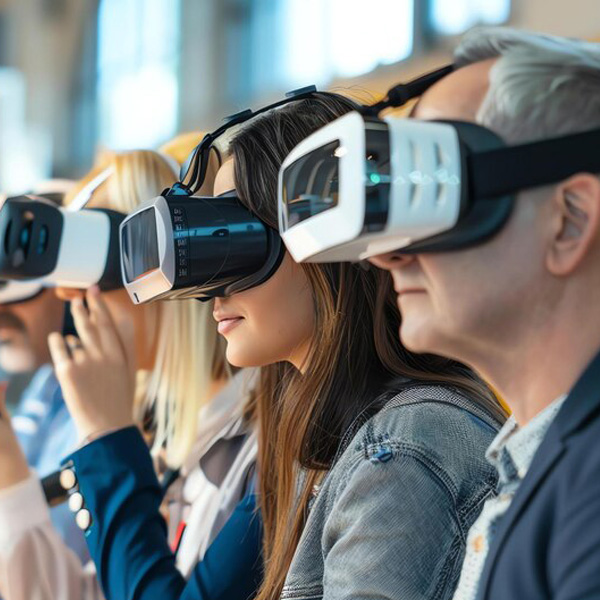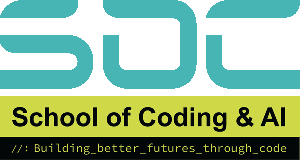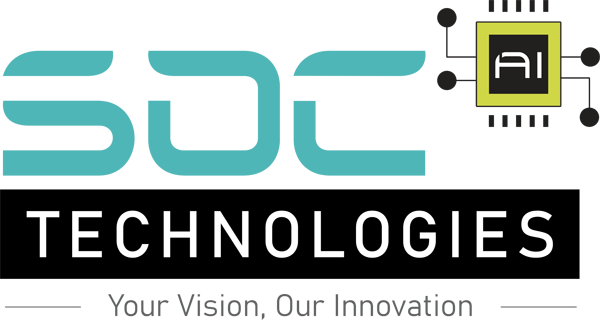XR Technology

Redefining Reality with Immersive Experiences
Extended Reality (XR) technologies, blend the physical and digital worlds. These techniques push the boundaries of what’s possible and deliver XR solutions that captivate and engage users across various platforms. XR is revolutionizing numerous industries by offering immersive, interactive, and highly engaging experiences. From gaming and entertainment to education and training, the applications of XR are vast and continually expanding. As XR technologies evolve, they will undoubtedly play an increasingly significant role in our daily lives and professional environments.
Extended Reality (XR) encompasses a spectrum of immersive technologies including Virtual Reality (VR), Augmented Reality (AR), and Mixed Reality (MR). These technologies transform how we interact with digital content and the physical world.
Spectrum of Interactive Technologies in XR
Feature: XR creates fully immersive environments that simulate real or imaginary worlds.
Example: In Virtual Reality (VR), users can explore a digitally created environment like a historical site or a fantastical landscape using VR headsets such as the Oculus Rift or HTC Vive.
Feature: Augmented Reality (AR) overlays digital information onto the physical world, enhancing real-world experiences.
Example: AR applications like Pokémon Go or Google Lens allow users to see digital images or information overlaid on their real-world view through smartphones or AR glasses.
Feature: XR systems provide real-time feedback and interaction, allowing users to manipulate and interact with virtual elements as if they were real.
Example: In training simulations for medical professionals, VR can provide real-time feedback on surgical procedures, helping trainees practice and improve their skills.
Feature: XR environments often include spatial audio, which simulates how sounds originate from specific locations in 3D space.
Example: In VR gaming, spatial audio enhances realism by making sounds from directions corresponding to in-game events, such as footsteps behind the player.
Feature: XR technologies can track hand movements and gestures, allowing for intuitive control and interaction with virtual objects.
Example: The Microsoft HoloLens uses advanced sensors to track hand movements, enabling users to interact with holograms through natural gestures.
Feature: Eye tracking in XR monitors where a user is looking, allowing for more immersive and responsive experiences.
Example: Eye tracking in VR headsets can be used to control the focus and depth of field within the virtual environment, enhancing realism and reducing motion sickness.
Feature: Haptic feedback provides tactile sensations, making virtual interactions feel more real.
Example: Haptic gloves or vests in VR gaming provide physical feedback when interacting with virtual objects, like feeling the impact of a punch or the texture of an object.
Feature: XR technologies often incorporate 3D mapping and scanning to create accurate digital representations of physical spaces.
Example: AR applications like IKEA Place use 3D scanning to allow users to see how furniture would look and fit in their actual living spaces before making a purchase.
Feature: XR enables remote collaboration, allowing users in different locations to interact within a shared virtual space.
Example: Platforms like Spatial allow teams to hold virtual meetings where participants can interact with 3D models, share documents, and brainstorm in a collaborative virtual environment.
Feature: Artificial Intelligence (AI) can enhance XR experiences by providing intelligent responses and automating tasks within the virtual environment.
Example: AI-driven virtual assistants in AR can provide contextual information based on the user's environment, such as identifying objects or offering navigation assistance.

